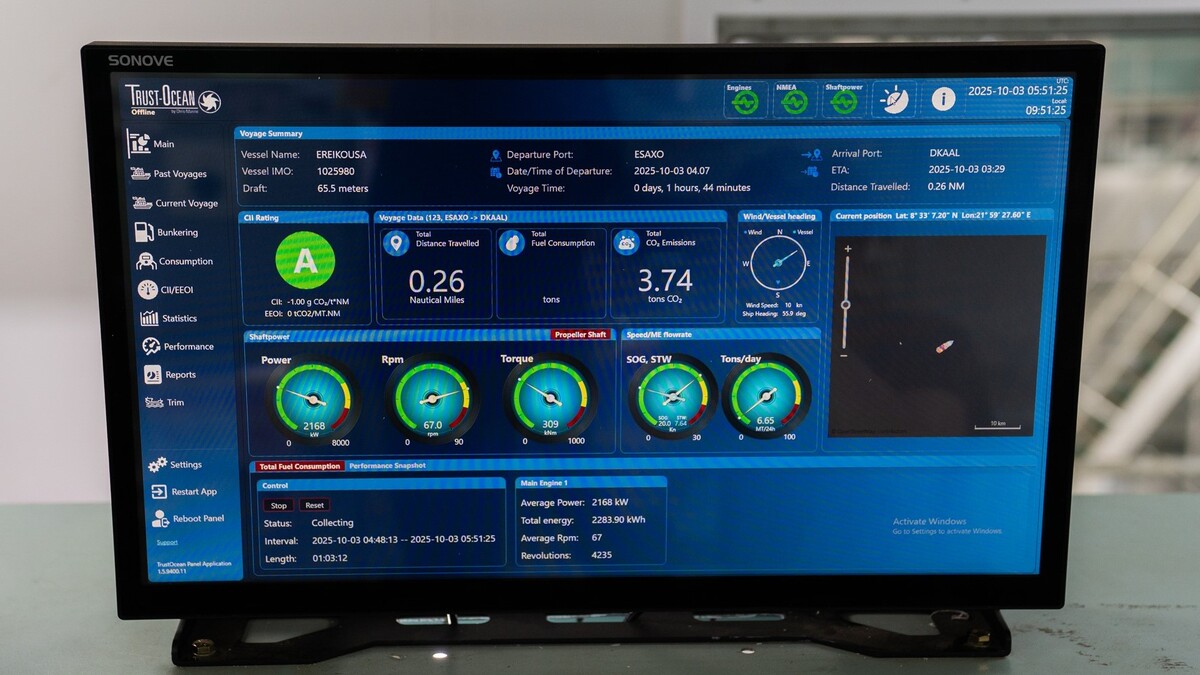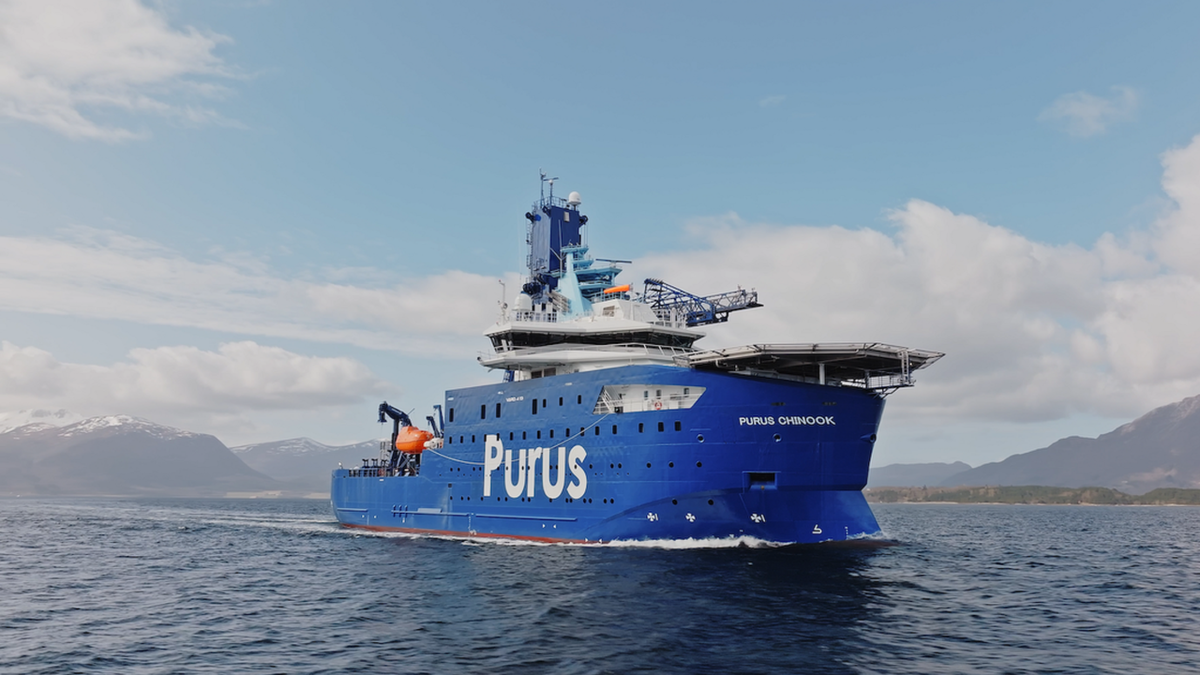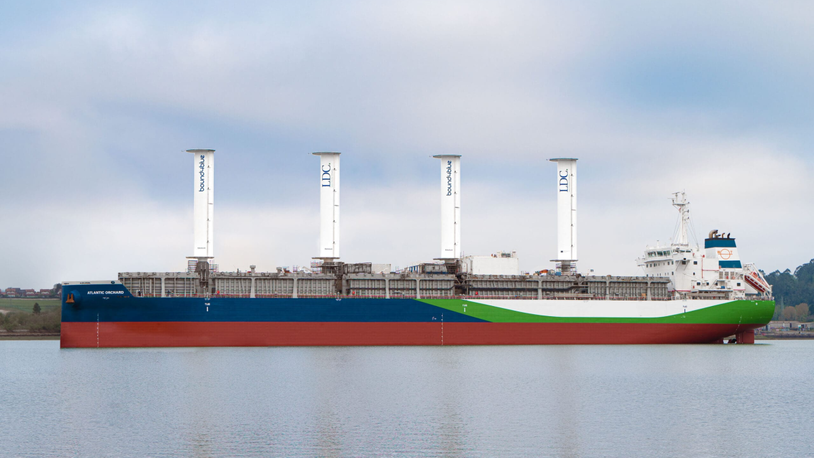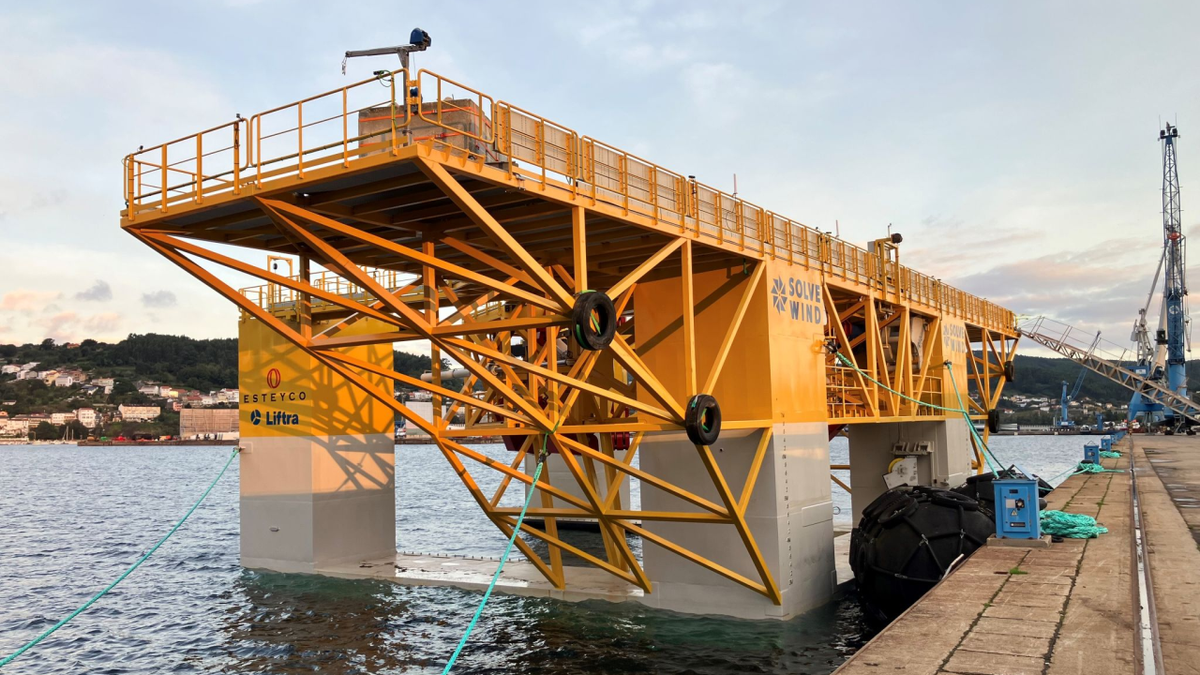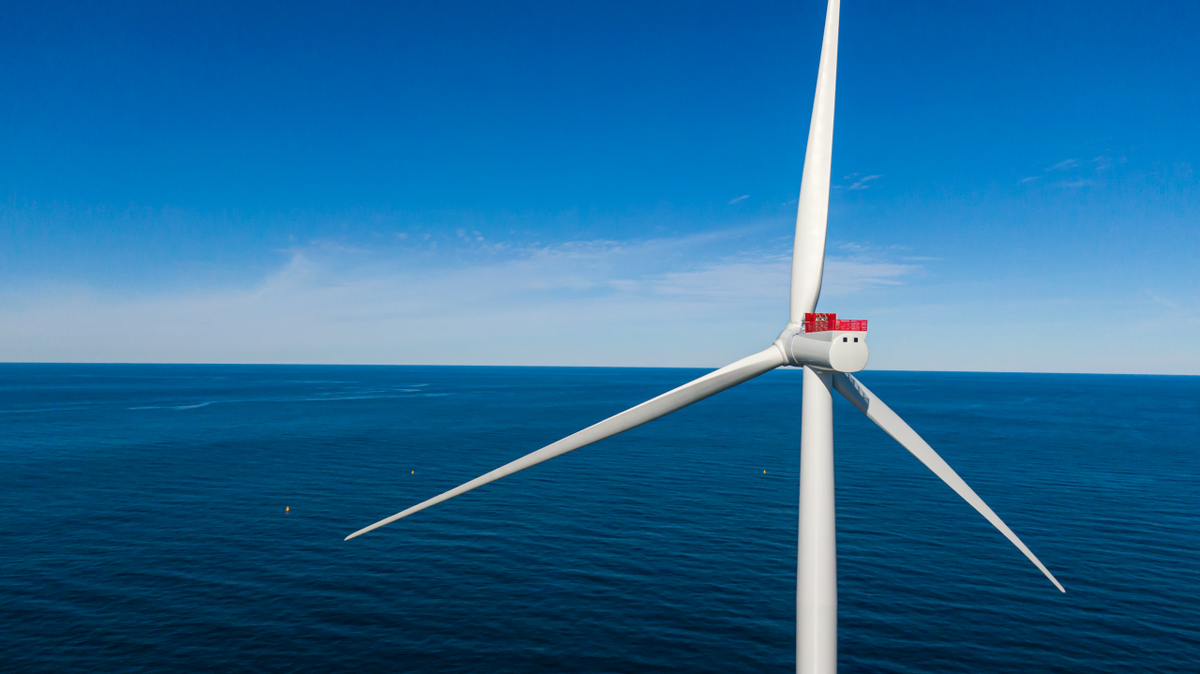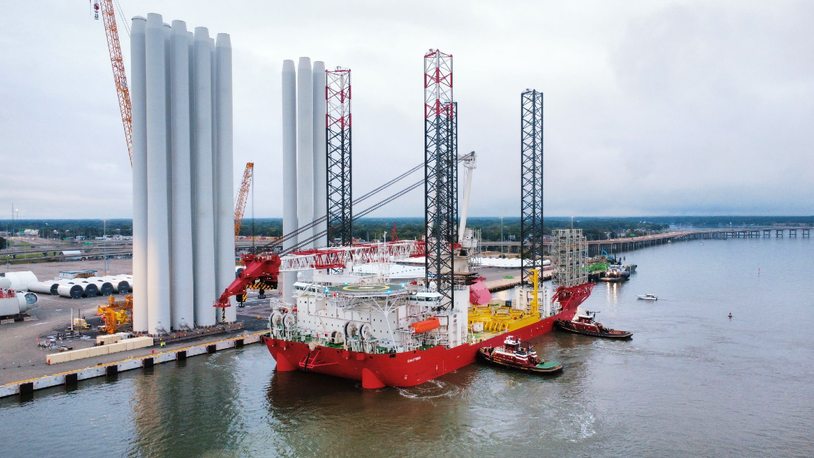Business Sectors
Events
Ship Recycling Webinar Week
Contents
Register to read more articles.
Innovative mooring system for floating windfarms gets public funding
Semar in Norway has secured funding from Enova, the Norwegian state-owned enterprise that is part of its Ministry of Climate and Environment, for the next phase of the development of its innovative Honeymooring concept for floating offshore windfarms
The company, which has been working on the Honeymooring concept since 2020, has been awarded Nkr1.75M (US$173,000) for a preproject application under the Havvind 2035 programme.
The funds will support Semar’s effort to assess the technological maturity of the Honeymooring system; document the costs and development potential of the project; and identify technical, economic and regulatory barriers to its use.
Looking further ahead, the company wants to evaluate the feasibility of a full-scale pilot project, reduce technical and commercial risks, and build a foundation for a further application to Enova’s Havvind 2035 pilot programme. The company hopes to undertake a pilot project at the Marine Energy Test Centre near Haugesund.
The companies believes the Honeymooring concept can reduce floating wind costs and reduce the environmental footprint of moorings on the seabed. TotalEnergies said it believes the innovative mooring system has the potential to reduce the cost of floating wind projects in which it participates.
The company noted most anchoring and mooring systems proposed for floating windfarms are based on existing technology from the offshore oil and gas industry. Although proven, they are not purpose-designed for offshore wind.
In the Honeymooring concept, floating turbines are connected together in a honeycomb-like network. Semar said this enables proven mooring technology to be used in new, more effective ways, with anchor-sharing. It believes the Honeymooring system will reduce the carbon footprint of mooring operations and the impact of moorings on the seabed; reduce the cost of the mooring hardware; and enable the structure of floating turbines to be optimised by reducing peak loads on mooring systems.
According to a presentation by Semar about the Honeymooring concept, it could reduce the cost of mooring hardware by 50% and provide a 10% reduction in capex for a typical floating windfarm. The Norwegian company estimated a Honeymooring mooring applied to a windfarm in Norway’s Utsira Nord wind zone could help to reduce costs by Nkr3-4M (US$340,000-$450,000), possibly more, compared with a conventional mooring system.
Sign up for Riviera’s series of technical and operational webinars and conferences:
- Register to attend by visiting our events page.
- Watch recordings from all of our webinars in the webinar library.
Related to this Story
Events
Ship Recycling Webinar Week
International Bulk Shipping Conference 2025
Tankers 2030 Conference
Maritime Navigation Innovation Webinar Week
© 2024 Riviera Maritime Media Ltd.

